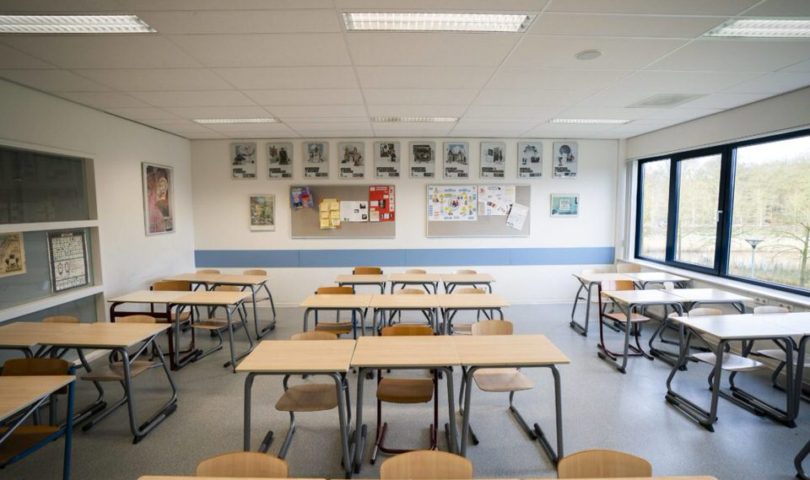When the pandemic officially began in March, students took it as a nice and happy two-week break. It’s been 10 months since and even with the upcoming vaccines, no one can tell if we’re really coming back to school. We have seen countless schools throughout the country fail at returning to normality under more or less the same two conditions: One, those schools wouldn’t strictly follow the guidelines; or two, schools would follow the guidelines but eventually they would shut down as some positive cases would surge. Students have asked themselves, their parents and teachers how our school would be any different than those schools that were shut down. Nevertheless, in November of last year, the school board made plans for the return of in-person classes. In theory, no, it wasn’t the best well-thought out plan. In practice, not even close to a well-thought out plan.
The School Board addressed 4 different and somewhat distinct plans for the upcoming school semester. Their main claim of utmost importance was if the Zoom fatigue would come to an end and of course, if it would be safe to return in-person classes. The one plan that students and teachers would comprehend and face less changes in our schedules would be the “AB Streaming Model”, where ultimately, teachers wouldn’t be able to lecture and students would be still using Zoom, the app that students thought that would be gone once we return to school. How would the Zoom fatigue come to an end if we’d all be still using Zoom?
Additionally, all of the Board Meetings for the past few months are simply canceled by the simple fact that San Mateo County (and most school districts) is in the purple tier of infections, meaning that the substantial number of students cannot go back even if they all wanted to. The cherry on the cake was the survey. When the school board created this survey, they called it a “Family Survey”, in which only parents who desperately needed their children back to school and students who did not want to go back to school whatsoever responded. The result: 3,837 “families” responded. From more than 8,000 students in San Mateo County, less than half truly desired to answer the survey and the School Board members realized that 3,837 families surveyed was enough.
Even though most students cannot answer for themselves, why not just survey the students? It’s not some delusional idea since we were obligated to respond surveys throughout the Fall semester. The School Board would have a general idea, which would be more efficient and beneficial in order to think of a plan to come back. The members must account for all of the students. Some of them would not go back because they perhaps live with their grandparents and would put them in risk. Or some of them would go back because they perhaps don’t have a safe environment at home. How would the School Board know if they haven’t thought about a student survey rather than a selective one?
Lastly, we should all ask ourselves if coming back to school in the middle of a deadly pandemic would be beneficial for all students, even if Americans are being vaccinated everyday. Unfortunately, the dream of seniors having a triumphant graduation is not tangible anymore, at least for this remaining school year. Yet, It’s better to not sacrifice others than putting people at risk, for something that in a span of months, will gradually end.

